The United States has officially implemented higher import taxes on goods from more than 60 countries and the European Union, with rates starting at 10 percent or higher. The changes took effect just after midnight Thursday, marking a significant development in the country’s trade policy.
According to the White House, products from the European Union, Japan, and South Korea will be taxed at 15 percent, while imports from Taiwan, Vietnam, and Bangladesh will face a 20 percent rate. Officials indicated that the U.S. also anticipates substantial investment commitments from several of these trade partners.
President Donald Trump described the move as a step toward reshaping the U.S. economy, expressing optimism that the tariffs would encourage domestic investment and manufacturing. “I think the growth is going to be unprecedented,” he said, noting that tariff revenues are increasing, though he did not provide a precise figure.
Economic analysts, however, have noted mixed signals. Reports since April have pointed to slower hiring, rising inflationary pressures, and declining home values in some key markets. John Silvia, CEO of Dynamic Economic Strategy, remarked that higher tariffs can reduce real wages and productivity, which may affect employment levels over time.
Economists suggest that the broader effects of the tariffs are likely to emerge gradually rather than cause immediate disruptions. Brad Jensen, a professor at Georgetown University, likened the process to “fine sand in the gears” that could slow economic activity.
In the first half of the year, the U.S. trade imbalance reached $582.7 billion, 38 percent higher than the same period in 2024. Construction spending has fallen 2.9 percent year over year, and the manufacturing job market has seen net losses despite earlier projections of gains.
The rollout of the new tariff measures has been marked by shifting timelines and evolving policy details, leading to some uncertainty among trade partners about the exact start date. A separate announcement on Wednesday also introduced higher tariff rates for India, along with increased duties on select products such as pharmaceuticals and computer chips.
Legal challenges are underway regarding the administration’s use of a 1977 law to declare an economic emergency as the basis for imposing the tariffs. A ruling from the U.S. Court of Appeals is pending, which could require alternative legal approaches should the current justification be overturned.
#SupplyChainNews #TradePolicyUpdate #USImports #GlobalTrade #EconomicTrends

















